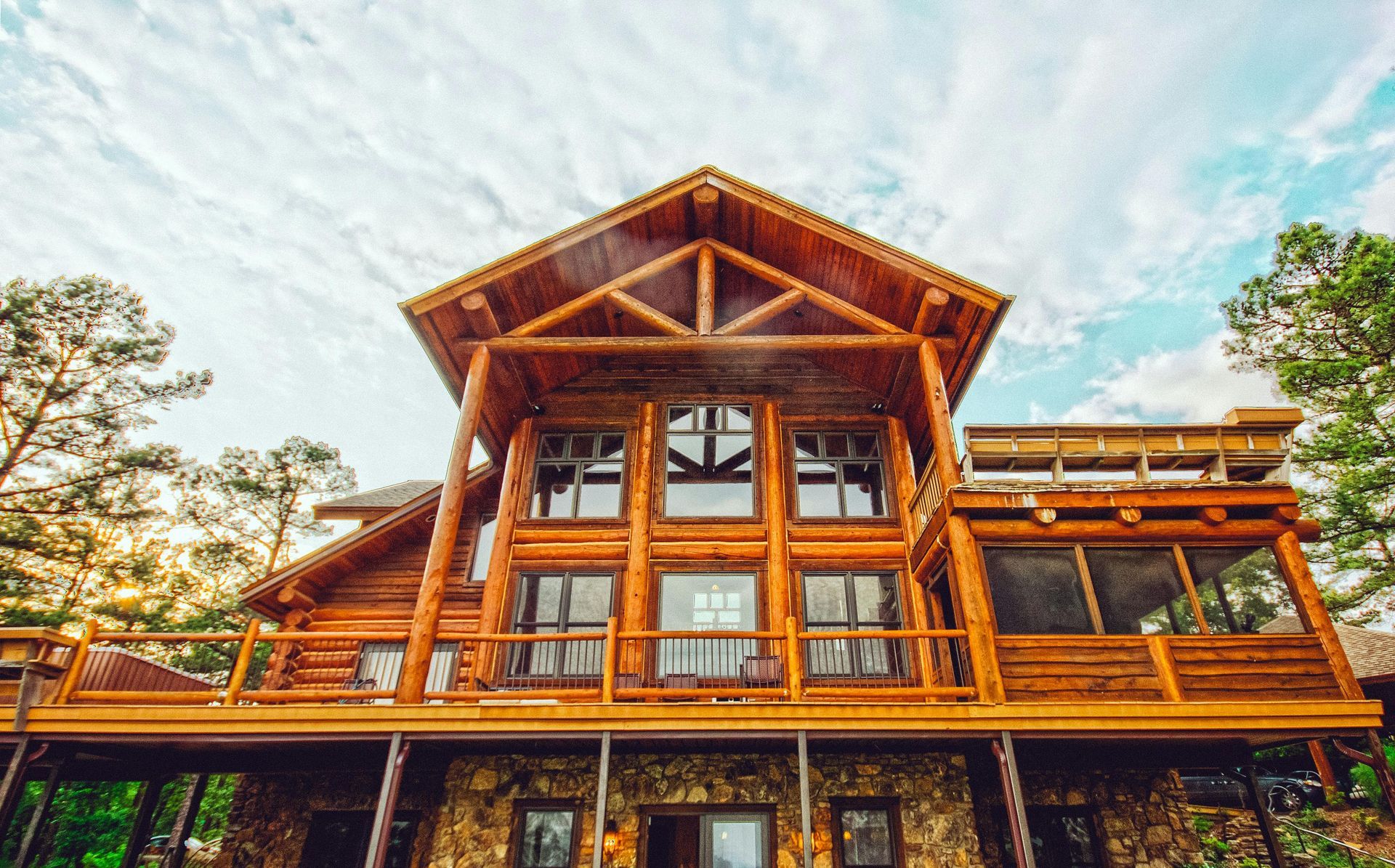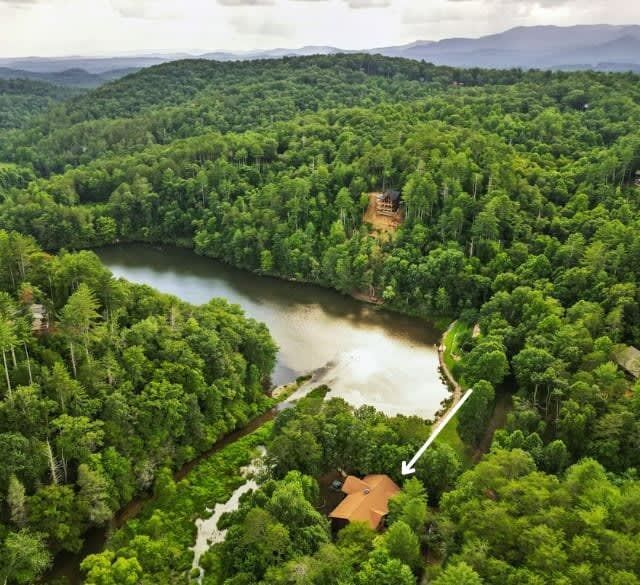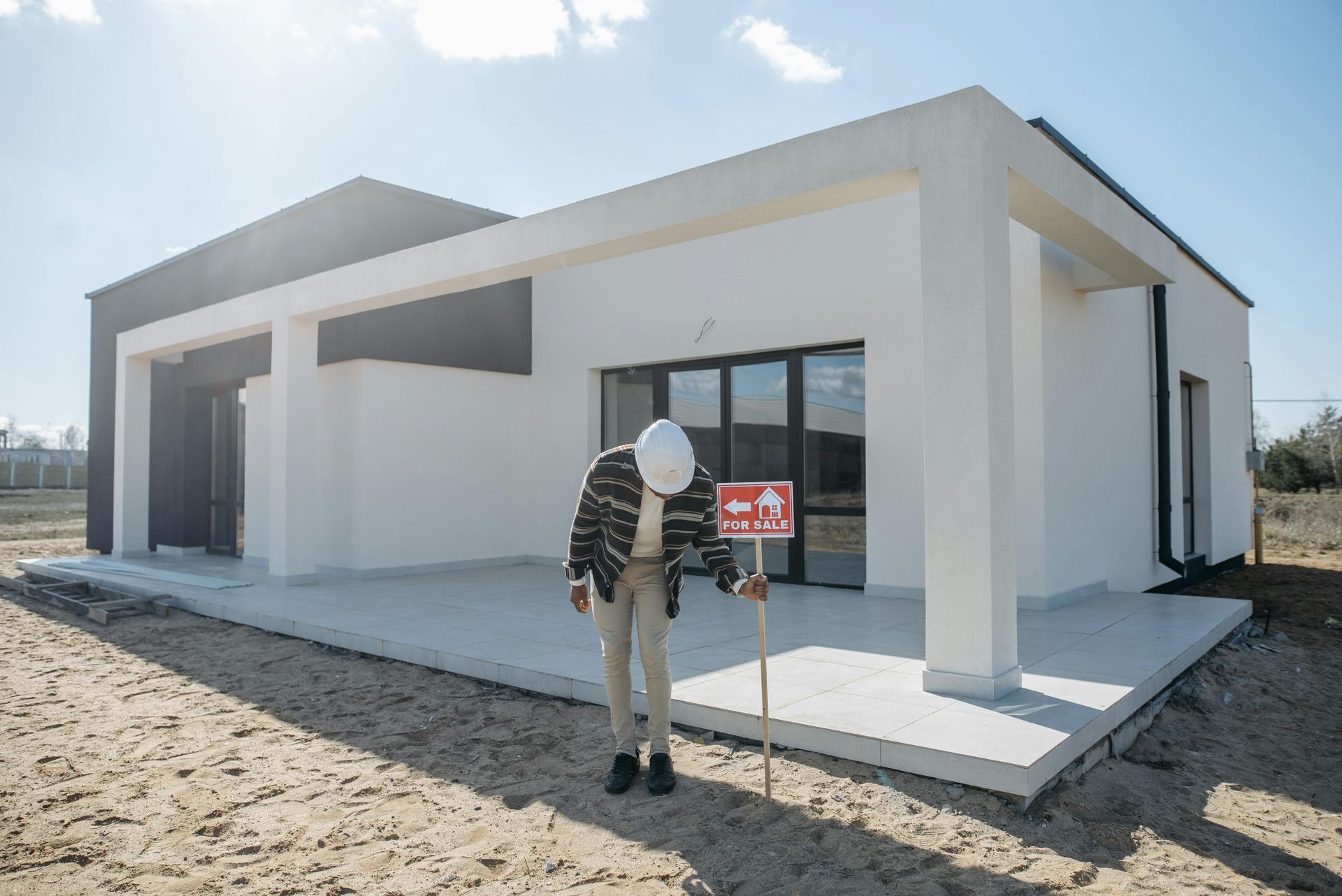How to Start a Cabin Rental Business: A Step-by-Step Guide
How To Start a Cabin Rental Business: Step-by-Step Guide

Launching a cabin rental business can be a rewarding venture, combining natural beauty with profitable returns. The process of starting a cabin rental business involves more than just securing a property; it requires careful planning, understanding the rental market, and ensuring your cabin is appealing to potential guests. Whether you're drawn to the idea of owning a cozy cottage or a larger vacation property, setting up your own business in the hospitality industry can provide both financial and personal satisfaction. If you've ever wondered how to start a cabin rental business or if you’re looking to get started with your very first rental, this guide will help you navigate each step.
Starting a vacation rental business can be a great way to tap into the growing vacation rental market, and with the right approach, you can create a guest experience that keeps visitors coming back year after year. From planning the design of your cabin to managing your business finances and ensuring your property insurance is in place, this guide will cover the essential aspects of getting your rental business up and running smoothly.
Here are the 9 Steps to Starting a Cabin Rental Business
Step 1: Create a Strong Business Plan
Start by outlining your vision. What kind of guests do you want to attract? Families looking for a nature retreat? Couples seeking a romantic getaway? Groups of friends that come to town for an event?
Defining your target audience early will help you shape the experience and marketing approach.
Alongside this, plan your finances. How much will it cost to build, renovate, or buy a cabin? Factor in operational costs like utilities, taxes, and ongoing maintenance. Tools like AirDNA can provide insights into projected occupancy and pricing in your area. If you’re managing multiple properties, or just need help optimizing your business, a vacation rental management company like Home Team Vacation Rentals can help streamline everything from guest services to dynamic pricing.
Step 2: Choose the Right Location
Location is one of the most critical factors for a successful cabin rental business. The right location can significantly impact your rental’s profitability and the overall guest experience. You want to find a spot that’s both attractive and accessible, offering guests a perfect blend of natural beauty and convenience. Popular destinations include areas near lakes, mountains, forests, or national parks—places where visitors can escape the hustle of daily life and enjoy nature. Locations that offer nearby outdoor activities, such as hiking, fishing, or skiing, can make your property even more appealing to vacationers.
However, it's important to balance seclusion with accessibility. While some travelers seek remote, off-the-grid cabin experiences, others prefer easy access to local amenities and attractions. A location that’s too isolated may deter guests who want to reach the property easily or enjoy nearby towns. Consider transportation options and the proximity to airports, highways, or other travel hubs, as they can influence a guest's decision to book your cabin.
Partnering with a management company like Home Team Vacation Rentals can provide valuable insights into high-demand areas, helping you choose a location that balances guest appeal with ease of access. They can assist in identifying emerging markets where the demand for vacation rentals is growing, ensuring your cabin is positioned for success. Additionally, understanding local rental market trends, property values, and zoning regulations is key when selecting the best spot for your cabin rental business.
Step 3: Furnish Your Cabin Thoughtfully
Once you’ve secured the perfect spot, it’s time to create a space that feels like a retreat. The key is balancing comfort with durability—choose furniture and amenities that make the cabin feel cozy, yet stand up to frequent use. Include essentials like a fully equipped kitchen, comfortable beds, and entertainment options. Pay attention to small details that elevate the experience, such as warm lighting, plush blankets, or a fireplace to create that "cabin in the woods" ambiance.
Furnishing can be overwhelming, especially when managing multiple properties, but partnering with a rental management company can help you focus on guest preferences and ensure that your cabin stands out in a crowded market.
Step 4: Obtain Necessary Licenses and Permits
Before opening your cabin rental for bookings, it’s crucial to ensure everything is legally in place. The exact requirements will depend on your location, but typically you’ll need:
- Business License: Most areas require registration of your business.
- Short-Term Rental Permits: Specific permits may be needed for short-term rentals. Be sure to check any local zoning laws or restrictions.
- Tax Registration: This includes collecting and reporting lodging taxes. Regulations differ by area, so ensure you’re registered properly. Learn more about the benefits of tax write-offs for rental income >
If managing all the legalities seems overwhelming, consider partnering with Home Team Vacation Rentals, who can assist in navigating these requirements and ensuring compliance.

Step 5: Market Your Cabin for Maximum Visibility
Once your cabin is ready, it’s time to get the word out. A strong marketing plan is essential for attracting guests and standing out in a competitive market. Here’s an exhaustive list of strategies to help you market your cabin for maximum visibility:
Professional Photography
- High-quality photos make a great first impression and help sell the experience.
- Drone footage can highlight the natural beauty surrounding your cabin and offer a unique perspective.
Online Listings
- List your cabin on platforms like Airbnb, VRBO, Booking.com, and other OTAs to reach a broader audience.
- Write compelling descriptions that highlight your cabin’s unique features and nearby attractions.
- Use relevant keywords like “vacation rental” and “mountain getaway” to improve search visibility.
- Consider niche platforms like Glamping Hub and Hipcamp for unique stays.
Social Media Presence
- Create accounts on Instagram, Facebook, and Pinterest to engage with potential guests.
- Use hashtags like #CabinLife and #VacationRental to reach a larger audience.
- Post regular updates, special offers, and photos to keep your followers engaged.
- Collaborate with travel influencers or bloggers to expand your audience.
Website and Blog
- Create a dedicated website for your cabin, offering direct booking options to save on fees.
- Write blog posts about local activities or seasonal events to drive organic traffic.
- Showcase guest testimonials and reviews to build trust with potential renters.
Email Marketing
- Build an email list from past guests or inquiries and send regular newsletters.
- Offer exclusive deals or promotions to email subscribers to encourage repeat bookings.
Search Engine Optimization (SEO)
- Optimize your listings and website with keywords like “family cabin” or “romantic getaway.”
- Set up a Google My Business profile to improve local search visibility.
Paid Advertising
- Run Google Ads targeting specific keywords like “cabin rental in [location]” to attract bookings to your cabin.
- Use social media ads on Facebook and Instagram to target demographics like nature lovers or families.
- Use retargeting ads to reach visitors who previously viewed your site but didn’t book.
Local Partnerships
- Partner with local tourism boards to promote your cabin in regional travel guides or websites.
- Collaborate with nearby restaurants, outdoor activity providers, or shops to offer guests discounts or packages.
- Host small events, like workshops or retreats, to attract group bookings.
Home Team Luxury Rentals Management
- Work with professional management companies to optimize your listings and improve visibility for your cabin.
- Utilize their marketing expertise to maximize bookings and streamline guest management.
By incorporating these marketing strategies, your cabin will stand out from the competition and attract more guests, helping to ensure the success of your cabin rental business.
Step 6: Focus on Guest Experience
Guests remember how a stay made them feel. To ensure your cabin rental is successful, prioritize the guest experience. Think about:
- Ease of Check-in: Consider installing keyless entry systems for hassle-free check-in.
- Comfort and Cleanliness: Make sure the cabin is spotless and feels welcoming with cozy touches like soft bedding, warm lighting, and thoughtful amenities.
- Communication: Responding quickly to inquiries and addressing guest concerns promptly will boost satisfaction and lead to better reviews.
If managing guest experiences seems daunting, Home Team Luxury Rentals can handle everything from booking management to cleaning and maintenance, ensuring your guests have a seamless stay.
Step 7: Optimize Your Operations
Managing the day-to-day operations of a cabin rental business can be challenging, but there are ways to streamline the process:
- Automation: Property management software can handle bookings, sync calendars, and manage guest communication. This minimizes errors and reduces your workload.
- Maintenance and Cleanliness: Implement regular inspections and scheduled cleanings to ensure your property stays in top condition. Well-maintained cabins not only create positive experiences but also encourage repeat bookings.
If you're unsure how to optimize pricing, conducting an Airbnb market analysis can give you valuable insights on how to adjust your rates based on demand, location, and seasonality.
Step 8: Monitor Market Trends and Feedback
Successful cabin rental businesses continuously adapt to changing trends and guest preferences. Monitoring trends like preferred amenities or travel patterns can help you stay ahead of the competition. Regularly reviewing guest feedback will also provide insights on areas where you can improve.
When reviewing your business’s profitability, understanding short-term rental management fees is important. These fees can impact your bottom line, so it’s crucial to know what to expect when outsourcing certain tasks.
Step 9: Expand and Scale
Once your first cabin is running smoothly, it may be time to expand. You could add more cabins to your current location or venture into new areas. Using an Airbnb market analysis will help you identify high-potential locations to maximize occupancy and returns. Furthermore, exploring resources on the best places to invest in vacation rentals can help guide your expansion efforts.
Each new property brings potential, but growing wisely and methodically ensures long-term success.
Partner with Home Team Luxury Rentals
Running a cabin rental business can be rewarding, but it also requires ongoing management and attention to detail. Partnering with Home Team Luxury Rentals allows you to focus on your guests and the bigger picture while they handle the rest. From managing bookings, ensuring compliance with local regulations, to providing expert Airbnb rental management and/or property management services for vacation rentals, they offer comprehensive solutions designed to optimize your rental’s performance. With their experience, you’ll maximize your profits and deliver exceptional guest experiences effortlessly.
Categories: Investor, Property Management



